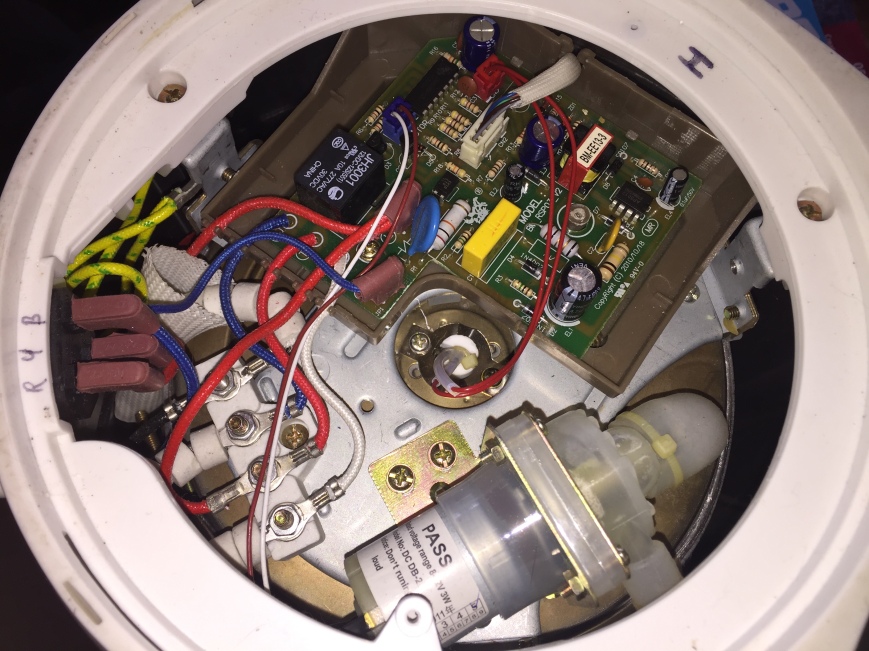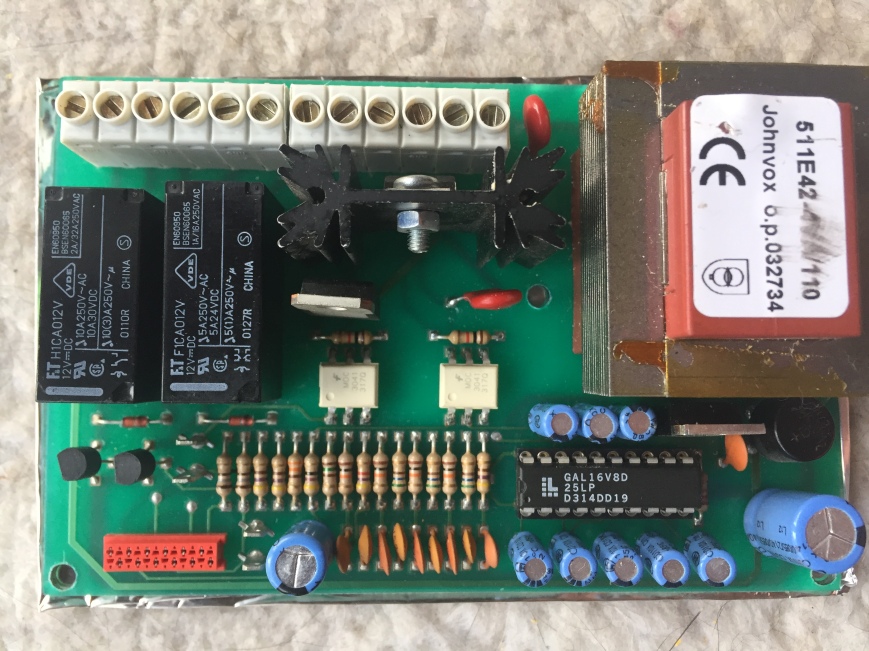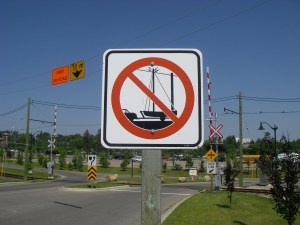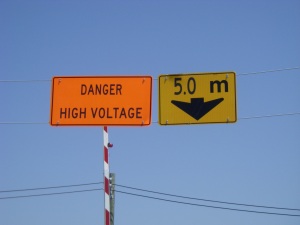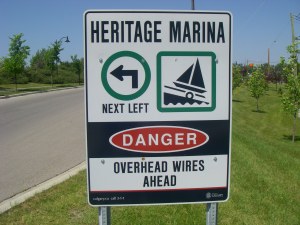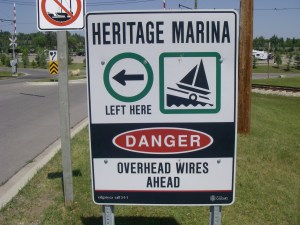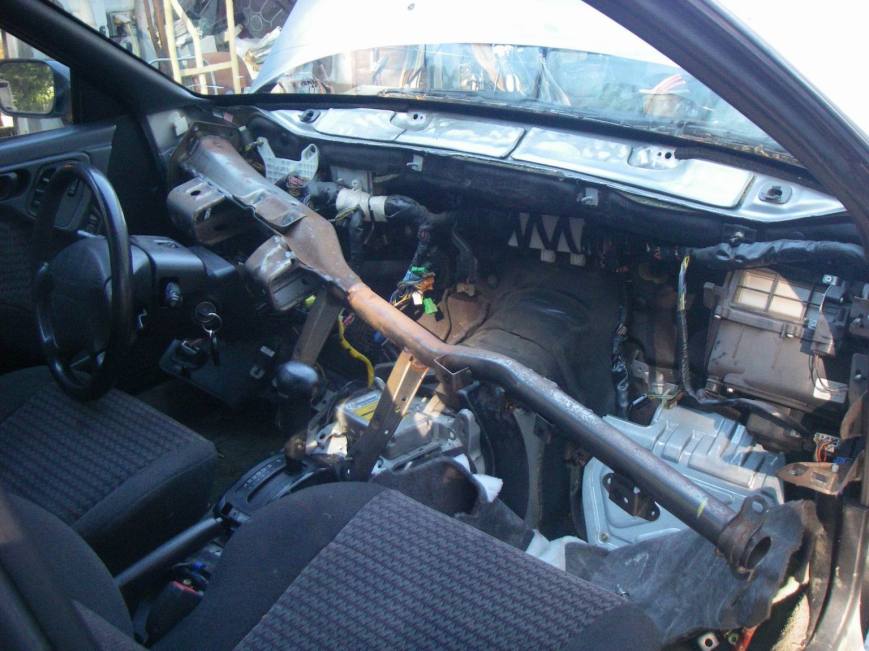This one has been nascent for quite a few years and I really have to get started writing it down. It may take a while to work through and get right, so if you happen to run across it, consider it a work in progress.
This starts about ten years ago. I’d finished reading Neil Baldwin‘s “Henry Ford and the Jews: The Mass Production of Hate“, and learning that Ford had underwritten the original translation (from Russian to English) of the notorious Czarist fabrication “The Protocols of the Elders of Zion“. Having never read it, I figured it was time to familiarize myself with this perennial bit of anti-Semitic nonsense. Easiest thing to do, of course, is search it out online, and for that I turned to The Pirate Bay. Found it immediately, downloaded it, started reading it, confirmed that it was too fucking stupid for me (or anyone else) to waste any time on, and moved on to something else. But there was something interesting in the description: A link to “Conspiracy Central” and the invitation to come for more conspiracy theories and related entertainment.
How could I possibly turn that down?
The link took me to a forum (and attached torrent tracker) with just about every imaginable bit of crackpottery represented: JFK assassination, perpetual motion, 9/11, dowsing and the usual paranormal buncombe, and, of course, Holocaust denial. So I did something (for me) uncharacteristic: I tossed in some trollbait. I commented on an interview clip of Ernst Zundel, then in prison in Germany (and since, thankfully, having assumed ambient temperature). It was something to the effect the he was exactly where he belonged, being sodomized by big blacks, Jews, etc. After the predicted flareup abated, I found myself engaged with a user named “Ctrl“, who was pushing the argument – on purely technical grounds – that the extermination+disposal system at Auschwitz (the gas chambers and ovens) could not possibly function as is commonly believed. We established our bona fides. He was most emphatic that, though a Holocaust denier, he was not an anti-Semite, and was interested enough in the subject to have visited the camps. And I made clear that I’m an atheist Jew, technical, skeptical, and not sympathetic toward Israel (on this site, pro-Palestinian, anti-Israeli sentiment blurs into some pretty raging anti-Semitism). His argument started with the boiling point of hydrogen cyanide and how a “shower room” full of Jews couldn’t possibly raise the temperature enough for toxic levels of HCN to be liberated from the solid pellet form (as Zyklon B) introduced through the rooftop vents. It was immediately obvious that he lacked even the most basic background in chemistry and thermodynamics (not that mine is all that great) to allow him to understand concepts like diffusion and vapour pressure. I tried as patiently and sincerely as possible to explain, but it wasn’t taking.
Then things took a really weird turn – one that could not have been anticipated. As I nosed around the forum, it was apparent that it was well-populated, to the tune of tens of thousands of registered users. Then I found indications that it was based here in Calgary – and that “Ctrl” was the guy who ran it. Suddenly, everything had changed. This was no longer some arbitrarily distant, abstract relationship – we might actually engage personally.
So that’s when it got serious. I told him that if he was that certain, that convinced that under those conditions people couldn’t possibly die, then he’d have no problem with undertaking an experiment: We would set up a sealed room of agreed environmental conditions (temperature and humidity) and he would occupy it for an agreed period of time after the introduction of as close an analog to Zyklon B (HCN bound in a solid matrix e.g. diatomaceous earth) as we could obtain. It should go without saying that I found the act of issuing this challenge very disturbing. Would I be willing to go through with it, knowing that the outcome would almost certainly be his death? The world can do to lose every Holocaust denier possible, and this would be a “suicide by stupidity”, but would that morally absolve me? And what would my legal liability be? This had become a nontrivial matter, and I sat through more than one of the subsequent online sessions with my hands shaking.
These exchanges were all taking place while the forum’s other users watched on, occasionally interjecting warnings to him like: “Mike – don’t do it – he’s a Zionist agent and he’s going to kill you!”
Ultimately, he backpedaled out of the challenge with an assortment of tepid excuses that made perfectly clear that he wasn’t really convinced enough by his own arguments. He then switched subjects, arguing that the flammability of HCN made its use impossible in the same facility that housed the ovens – that the whole place would blow up. Seemed to me that this claim too would be easily debunked, so I hit the MSDS and my trusty copy of the the CRC Handbook for the parametrics. Sure enough, the concentration necessary for killing people is orders of magnitude lower than the explosive threshold, making operating both the gas chambers and crematoria in the same building way safer than using a welding torch near a car’s gas tank – something done thousands of times a day in muffler shops all over the world. Strike two.
But while working that out from first principles, it occurred to me that I couldn’t be the first to have to debunk these blockheaded claims – there must be hundreds of Holocaust-denial-correction sites out there where these arguments had already been presented. And a cursory search revealed that, sure enough, there are, and that these canards, along with the ones about the gas chamber doors and prussian blue, were nothing more than the Fred Leuchter playbook (which you too can find online). If you’re not up on this stuff, Leuchter (a self-proclaimed expert in a lot of stuff he knows nothing about, and the subject of Errol Morris‘s documentary “Mr. Death“) was commissioned to write an “engineering analysis” of the Auschwitz facility by Zundel when the latter was on trial in Canada . So I went back to the forum and told Ctrl/Mike and the rest of them that what they were doing was intellectually dishonest, and that I wasn’t going to waste any more time working through and arguing these points when everything in Leuchter’s report had already been throughly debunked by others.
And that’s about where it came to rest. I wish I’d been able to capture the entire series of exchanges so I’d have a literal record of the whole episode, but the layout of the forum made it effectively impossible, and the site has since changed hands (though its users from back then still appear to substantially populate it) and those old posts were lost.
Coda:
Once the dust had settled a little, I invited Ctrl/Mike to get together for a beer. I had a radio show coming up in a couple of days, so I asked him to join me at the University, and on the appointed night I brought the beer. He was a no-show. When I asked him why, he said he didn’t think I was serious. I assured him that I was, and suggested we get together at The Ironwood (near where he lived in Forest Lawn), as friend and outstanding guitarist Lester Quitzau had a gig coming up. This time he made it.
So we sat down at the bar and ordered a couple of beers.
(The rest of the story will be along soon – I’m a little tied up at the moment reverse-engineering the Alpine keyless-entry and security system Subaru used from ’99-’03. It has problems that have really driven owners of those cars (including me) nuts for a long time and nobody has solved.)

